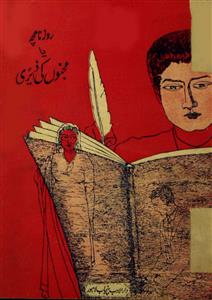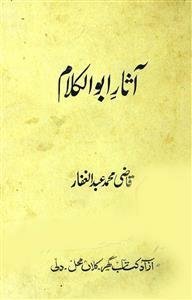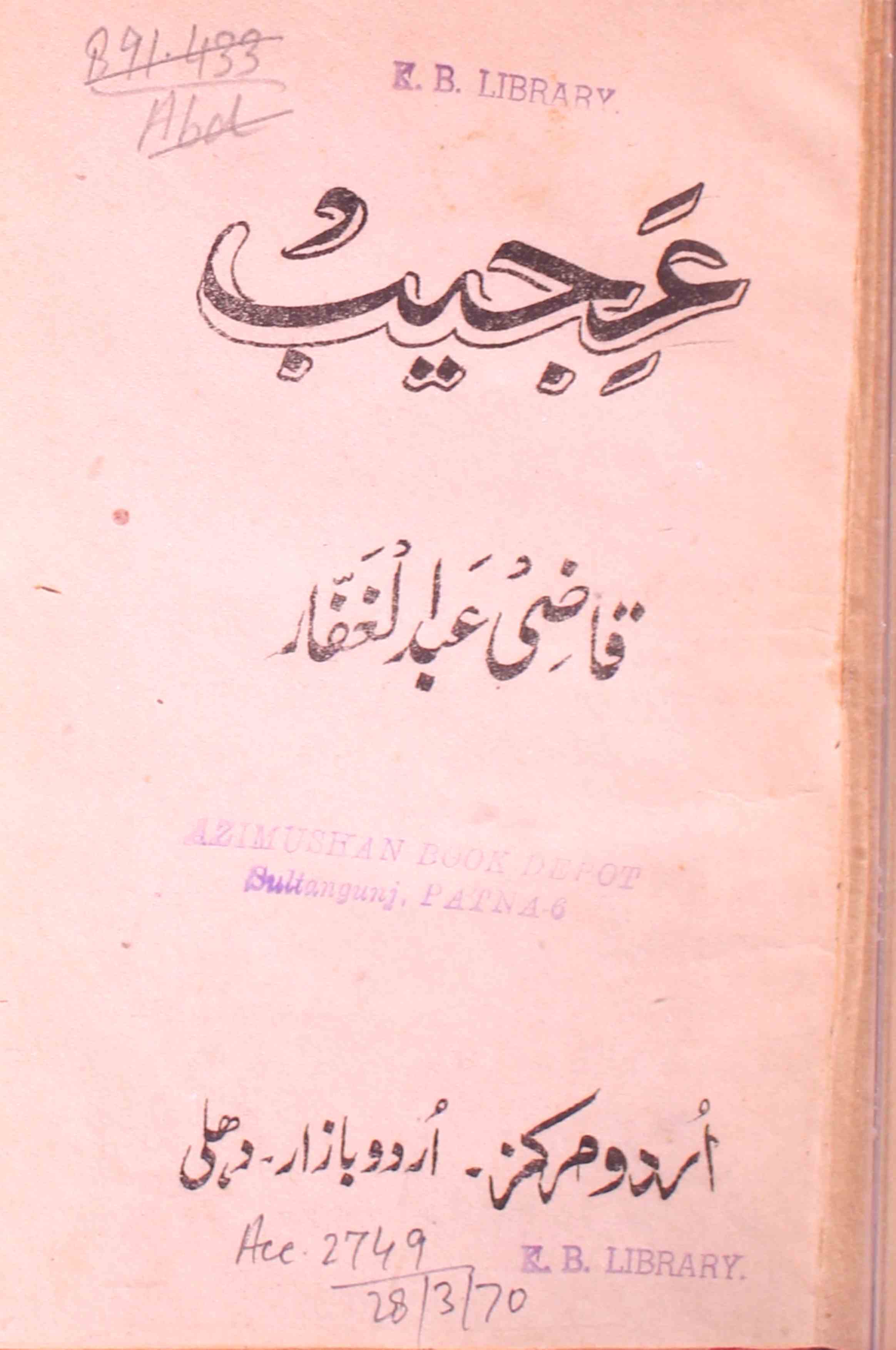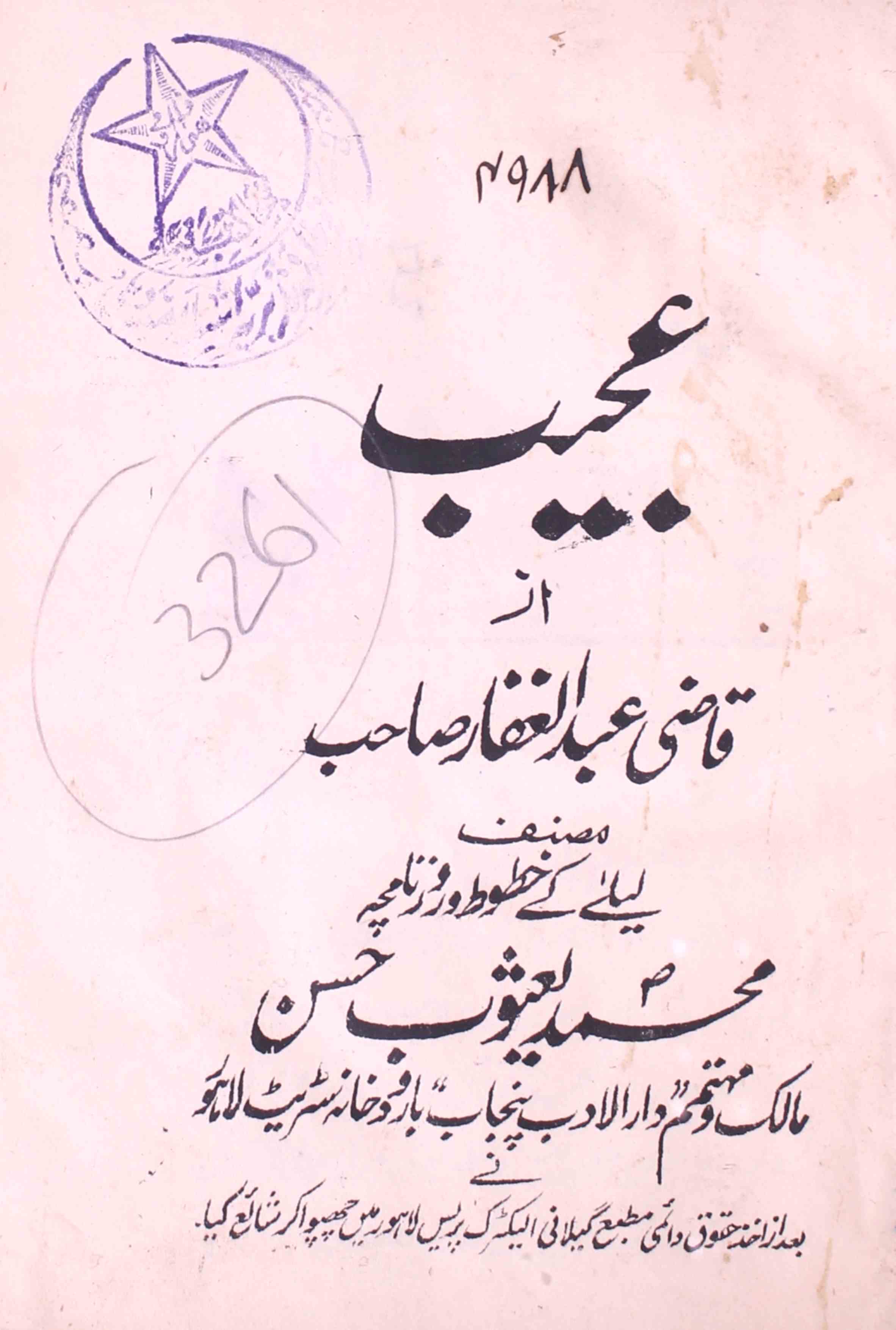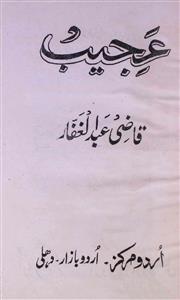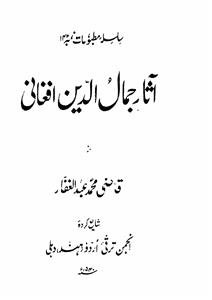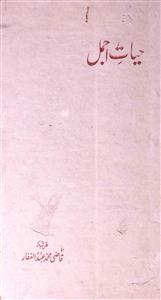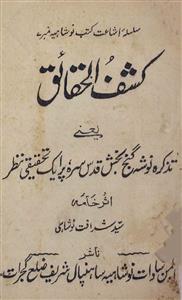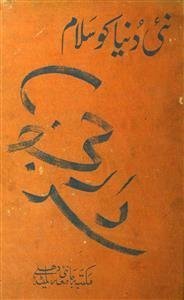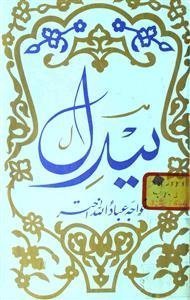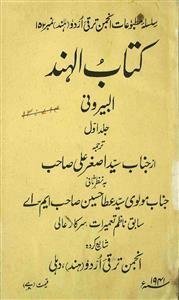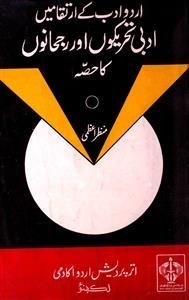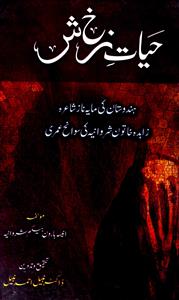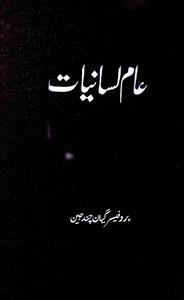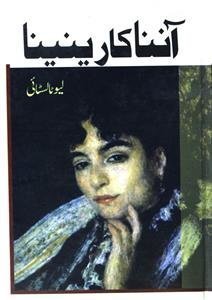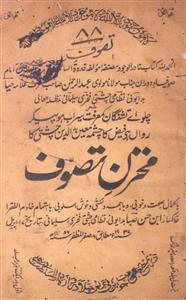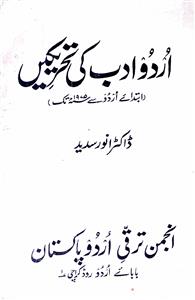 For any query/comment related to this ebook, please contact us at haidar.ali@rekhta.org
For any query/comment related to this ebook, please contact us at haidar.ali@rekhta.org
About The Book
"مجنوں کی ڈائری" قاضی عبد الغفار کا ناول ہے، جس میں روزنامچہ کی تکنیک کا استعمال کیا گیا ہے۔ دراصل "مجنوں کی ڈائری" اور "لیلیٰ کے خطوط" دو تصانیف ہیں۔ پہلی کتاب مکتوب نگاری کی تکنیک میں ہے اور دوسری روزنامچے کی تکنیک میں۔ لیکن دونوں کا مواد و موضوع ایک ہی ہے اور کہا جا سکتا ہے کہ یہ ایک افسانہ ہے، جس کے دو حصے ہیں، یعنی ایک ہی ماجرا پر مشتمل ایک ناول دو جلدوں میں لکھا گیا ہے۔ ایک جلد میں لیلیٰ کے خیالات ہیں اور دوسری میں مجنوں کی کیفیات۔ یہ خیالات و کیفیات ایک دوسرے سے وابستہ و پیوستہ ہیں۔ بہرحال دونوں کتابوں میں درج قصے کی جان وہ انشا پردازی ہے جس کا جوہر ہیروئین اور ہیرو دونوں دکھاتے ہیں، گرچہ اس میں ہیروئین کو پلہ بھاری ہے اور اس کا کردار بھی زیادہ زوردار، کہنا چاہیے کہ مجنوں کی ڈائری ، لیلیٰ کے خطوط کی بازگشت ہے۔ بعض ناشرین نے اس دونوں کو ایک ہی جلد میں شائع کیا ہے۔ اور بعض نے الگ الگ۔۔۔ زیر نظر "مجنوں کی ڈائری" جس میں ایک بازاری مرد کی نفسیات کا مطالعہ پیش کیا گیا ہے۔
About The Author
Qazi Abdul Ghaffar, the author of "Laila Ke Khutuut" and "Majnoon Ki Diary", was originally a journalist. His eloquent writings became a source of pride for many newspapers.His hometown was Muradabad, that is where his primary education took place. He came to Aligarh for higher education. He started his career in journalism when he first became associated with "Hamdard" (Delhi) as an aide to Maulana Muhammad Ali. A few days later he left Delhi for Calcutta and from there started the daily Jamhoor. Then he went to Hyderabad and issued "Paigham".
Apart from journalism, he also had a keen interest in biography and history. Ashar Jamaluddin, Hayat Ajmal, Yadgar Abul Kalam Azad are the famous personalities' biographies penned by him. The last days of his life were spent in the service of Anjuman-e-Taraqqi Urdu (India). He served as the secretary of the association for a long time. During this time he was also the editor of the association's "Hamaari Zabaan".
There was a deep sense of sophistication in Qazi Sahib's life as well as in his writings. He was very elated about dressing, food, and life. In the same way, he proves his subtlety in writing by choosing each word very thoughtfully and employing a simple, reader-friendly expression. It is a feature of Qazi's prose writing. The use of selected poems is very common among his writings. Most essays begin with a poem and usually end with a couplet.
 For any query/comment related to this ebook, please contact us at haidar.ali@rekhta.org
For any query/comment related to this ebook, please contact us at haidar.ali@rekhta.org
